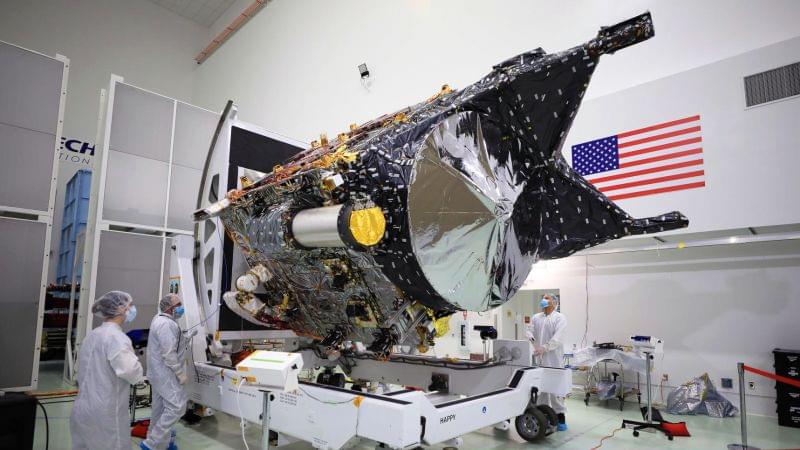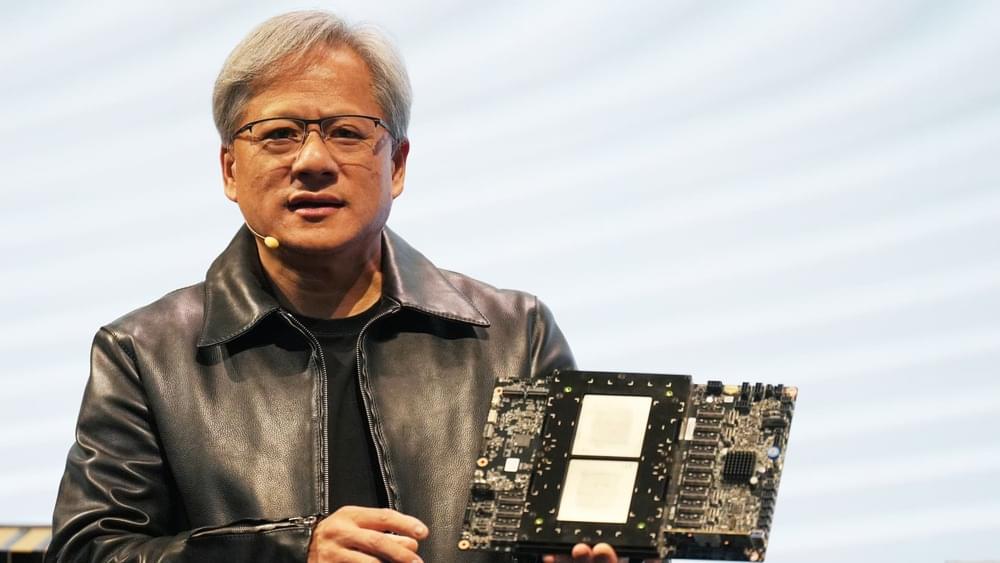One will fly to the Space Station with the first operational launch of Boeing’s Starliner, while the other will play a important role in upcoming missions to the Moon.



An innovative experiment flying aboard NASA’s Psyche mission just hit its first major milestone by successfully carrying out the most distant demonstration of laser communications. The tech demo could one day help NASA missions probe deeper into space and uncover more discoveries about the origin of the universe.
Launched in mid-October, Psyche is currently en route to catch humanity’s first glimpse of a metal asteroid between the orbits of Mars and Jupiter. The spacecraft will spend the next six years traveling about 2.2 billion miles (3.6 billion kilometers) to reach its namesake, located in the outer part of the main asteroid belt.
Along for the ride is the Deep Space Optical Communications technology demonstration, or DSOC, which is carrying out a mission of its own during the first two years of the journey.

Last year, Tesla submitted plans to the city of Los Angeles for a charging station equipped with a 24-hour diner and drive-in theater. The electric-car maker plans to build the luxury supercharger station at 7,001 West Santa Monica Boulevard in Hollywood, according to Bloomberg.
Tesla began construction on the project in September, Forbes reported. Musk also provided more details on the project in August after the company’s plans were reportedly approved by the city.
“Our Tesla futuristic diner (Grease meets The Jetsons with Supercharging) in LA should be ready later this year,” Musk wrote on X, formerly known as Twitter.

Leaks from General Motors’ Cruise robotaxi unit reveal some of their plan to rebuild after their failure in San Francisco may involve working in another state like Texas or Arizona, and to continue the pause on deploying their custom-designed robotaxi known as the Origin.
Scaling back and avoiding California and a custom vehicle are, at least for now, the right strategy for Cruise.

Nvidia is delaying a new artificial intelligence chip for China that has been designed to comply with U.S. export restrictions, according to Reuters.
Nvidia shares closed down about 1.9% after a shortened trading day in the U.S.
Reuters, citing two sources familiar with the matter, reported that Nvidia told Chinese customers that it is delaying the launch of an AI chip that is designed to comply with U.S. export rules until the first quarter of next year.
The new chip, called the H20, was being delayed due to issues server manufacturers were having while integrating the semiconductor into their products, Reuters reported.

Scientists using the Telescope Array in Utah detected the second highest-energy cosmic ray ever. The singular subatomic particle was equivalent to dropping a brick on someone’s toe from waist height.
The Telescope Array comprises 507 surface detector stations arranged in a square grid located outside of Delta, Utah. It has been utilized to observe over 30 ultra-high-energy cosmic rays. These extreme cosmic rays have left scientists baffled about what produces them. The latest observation, as well as the highest-ever recorded event known as the Oh-My-God particle, appears to have originated from the Local Void, an empty area of space bordering the Milky Way galaxy.
“The particles are so high energy, they shouldn’t be affected by galactic and extra-galactic magnetic fields,” remarked John Matthews, Telescope Array co-spokesperson and co-author of the study. “You should be able to point to where they come from in the sky. But in the case of the Oh-My-God particle and this new particle, you trace its trajectory and there’s nothing high energy enough to have produced it. That’s the mystery — what the heck is going on?”

Monoclonal antibodies are immune system proteins that are created in the lab. Antibodies are produced naturally by your body and help the immune system recognize germs that cause disease, such as bacteria and viruses, and mark them for destruction. Like your body’s own antibodies, monoclonal antibodies recognize specific targets.
Many monoclonal antibodies are used to treat cancer. They are a type of targeted cancer therapy, which means they are designed to interact with specific targets. Learn more about targeted therapy.
Some monoclonal antibodies are also immunotherapy because they help turn the immune system against cancer. For example, some monoclonal antibodies mark cancer cells so that the immune system will better recognize and destroy them. An example is rituximab, which binds to a protein called CD20 on B cells and some types of cancer cells, causing the immune system to kill them. B cells are a type of white blood cell.

Cleveland Clinic researchers analyzed genes and brain tissue of patients with Alzheimer’s and found that differences in brain immunometabolism – the interactions between the immune system and the ways cells create energy – may contribute to women’s increased risk for the disease and its severity.
The findings, published in Alzheimer’s and Dementia, offer important insight into developing sex-specific treatment and prevention options for Alzheimer’s disease, the sixth-leading cause of death in the United States.
“Our immune systems depend on communication between different cell types in our bodies, which are fueled by energy created from unique metabolic processes,” said Justin Lathia, Ph.D., vice chair of the Department of Cardiovascular and Metabolic Sciences and co-author on the paper. “As sex influences both the immune system and metabolic process, our study aimed to identify how all of these individual factors influence one another to contribute to Alzheimer’s disease.”
The next big advance in cancer treatment could be a vaccine that can shrink tumors and stop cancer from coming back. Among the targets for the experimental shots: melanoma, pancreatic cancer, breast cancer and lung cancer. Scientists are predicting new cancer vaccine approvals within five years (June 26) (AP Video by Manuel Valdes & Carla Johnson)
Subscribe for more Breaking News: http://smarturl.it/AssociatedPress.
Website: https://apnews.com.
Twitter: https://twitter.com/AP
Facebook: https://facebook.com/APNews.
Instagram: https://www.instagram.com/APNews/
You can license this story through AP Archive: http://www.aparchive.com/metadata/youtube/feab753e210b4468925734a2936956dd.
#cancer

Get ready for an age when there is only one pilot in the cockpit. Because soon, there will be none.
Kool99/iStock.
The year began with the news of an AI system flying a F-16 fighter jet for over 17 hours. That a computer system can fly a tactical aircraft without any human intervention speaks volumes about how far the technology has come today.